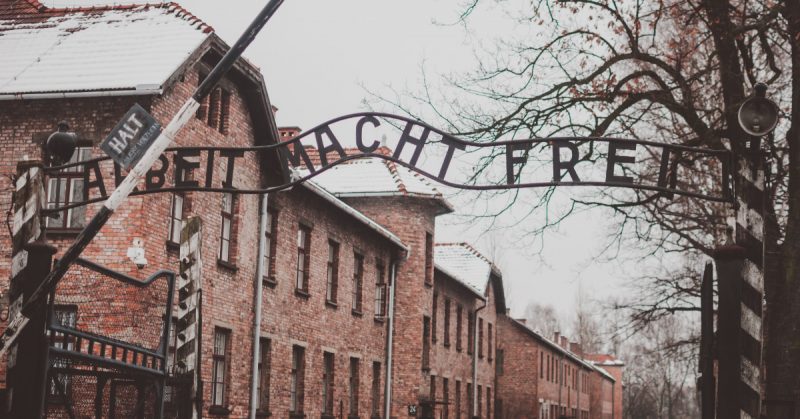It’s hard to imagine there are war stories as bad as the Holocaust of World War II, or the internment of Japanese citizens in North American camps during that same period. But there are.
These stories might not be on the same epic scale, but they are just as horrific. It’s unimaginable that humanity inflicted these nightmares on one another, but war brings out the worst in us, it seems.
Stolen Children for the Master Race
While the Nazis were slaughtering innocent people in concentration camps, at the same time they were saving certain babies for their own ghoulish reasons: to advance Hitler’s cause of creating a “master race” of Aryans who had German blood, blue eyes, and white skin.
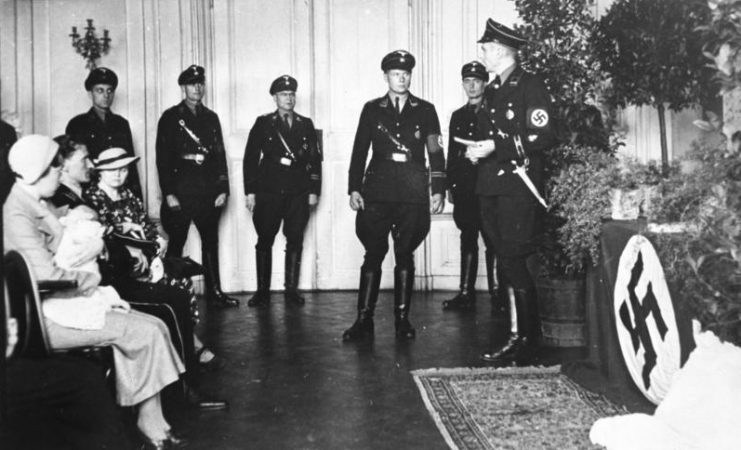
The Fürher and his minions created the Lebensborn Program, which translates as “fountain of life.” Heinrich Himmler, head of the SS, led the program, which saw thousands of young German women who were deemed “racially pure” impregnated by SS officers.
After giving birth, the women’s needs were tended to, but the children were sent to SS nurseries, where they were indoctrinated with Nazi propaganda as they grew.
In 1942, Hitler deemed the progress of Lebensborn too slow and gave permission to the SS and soldiers at war to “fraternize” with women in occupied countries. Furthermore, the Nazis began kidnapping infants from the regions they occupied.
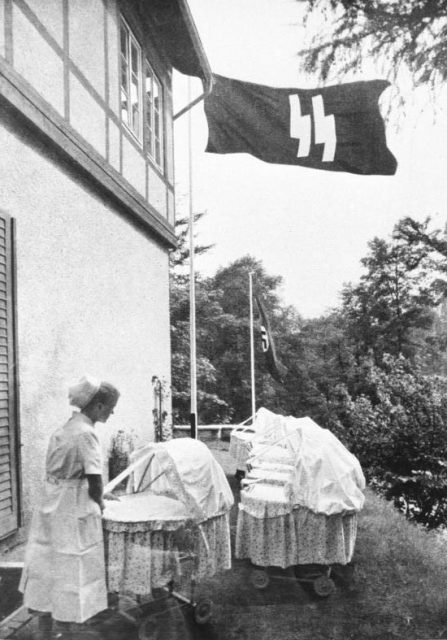
According to the Jewish Virtual Library’s page on Lebensborn: “It is virtually impossible to know how many children were kidnapped in the eastern occupied countries.” But some estimates run as high as 250,000, from Poland alone.
After the war, the liberation of these children from their adopted homes was disastrous. Because of Nazi brainwashing, many of them believed they were better than the families into which they were born, while others were so traumatized they had to be put into foster care.
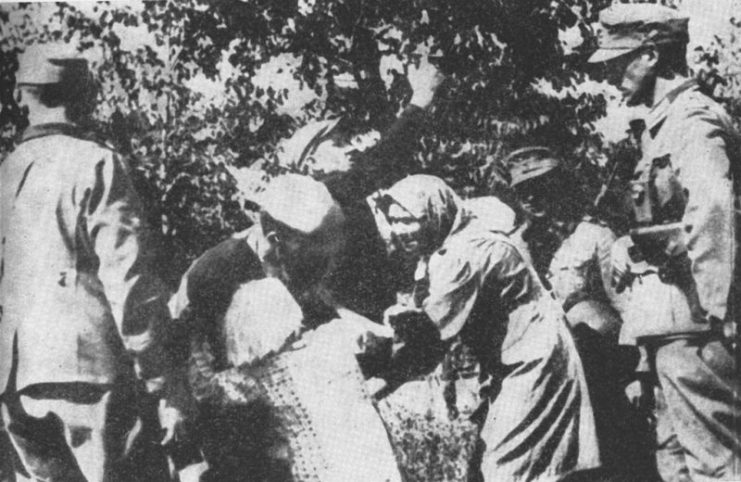
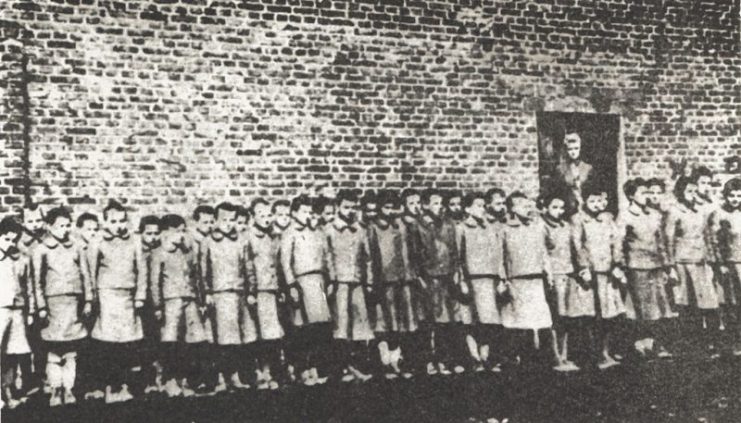
The Hyena of Auschwitz
The Nazi concentration camps were run with an iron fist by the men and women who had signed on as guards. In particular, Irma Grese who worked at Auschwitz took psychopathic pleasure in her work.
Grese joined the camp in 1943 and rose rapidly through the ranks to become a Senior SS Supervisor. She took enjoyed tormenting the beleaguered inmates, so much so that she was soon nicknamed “the Hyena of Auschwitz.”
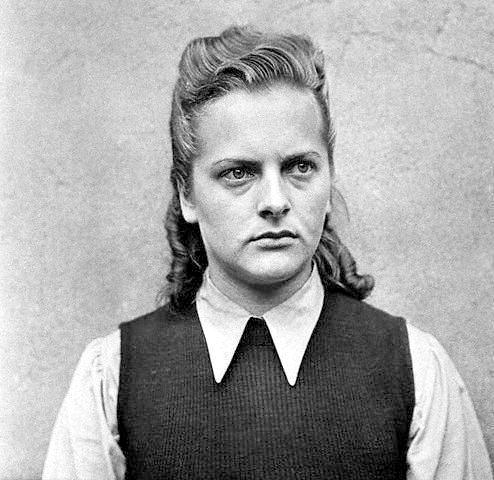
One survivor, Olga Lengyel, wrote about Grese in her memoir “Five Chimneys.” According to Olga, the guard took special delight in choosing which women would go to the gas chambers.
If Grese was jealous of a woman’s beauty, that woman was quickly sent to her death. She also raped women who were under her charge.
Grese did, thankfully, stand trial for war crimes. Found guilty, she was hanged at the end of 1945. She was just 22 years old.
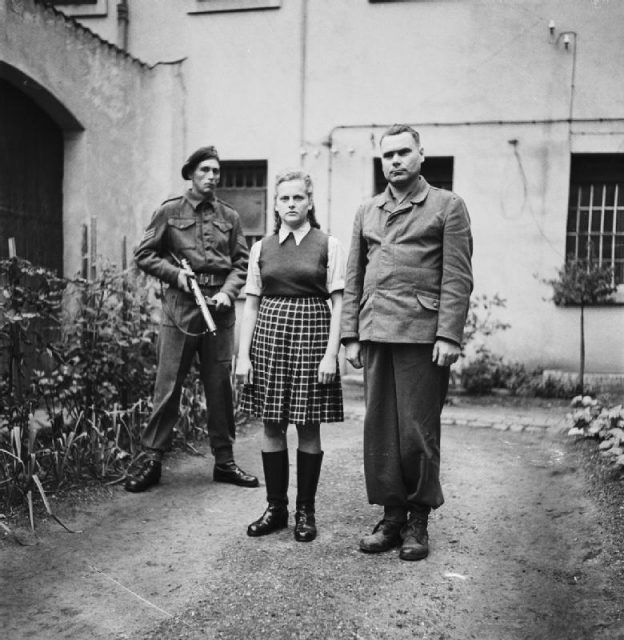
The Murdering Midwife
A group of women in Hungary during World War I was responsible for a series of gruesome murders. This band was led by local midwife, Julia Fazekas.
After coming to town not long before the outbreak of war, Fazekas became well known among local women for her willingness to give them abortions, which were illegal at the time.
When war arrived, the men went off to fight, and Allied prisoners of war (POWs) appeared in the town. The womenfolk would socialize with the POWs, who did agricultural work and were not strictly supervised. When the men returned, such interactions caused trouble.
Fazekas taught women how to boil down flypaper to retrieve arsenic. She instructed them on how to lace food or liquid with this deadly substance.
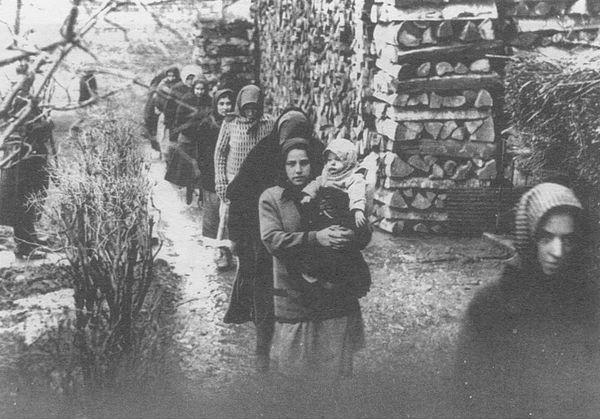
Soon, it wasn’t just unwanted pregnancies she was terminating: it was abusive husbands, unwanted lovers, and even old folks no one wished to care for. Some even killed their children.
Estimates suggest she helped with 300 murders, but historians think the number is lower, perhaps 45 or 50.
Ultimately, 34 women were indicted for murder, and 26 were tried. Eight were sentenced to death while the others received prison terms. The area became known as “the Murder District.”
Terrible Treatment of the Japanese
During the Second World War, the Japanese were, unquestionably, treated very shabbily in North America.
Even some born there were sent to internment camps, their businesses and homes taken by governments while the war raged overseas.
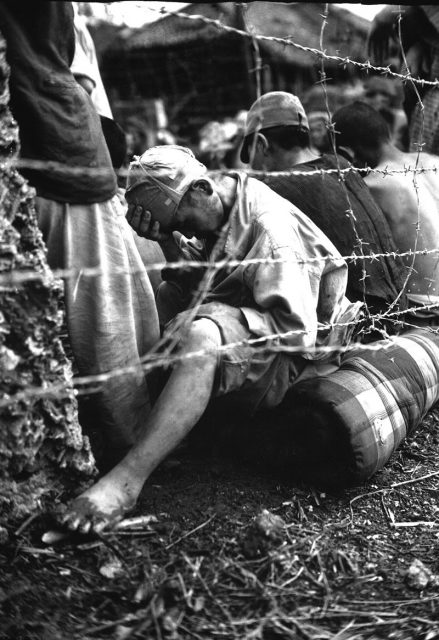
All soldiers prefer to think of themselves as incapable of barbaric behavior during wartime. Alas, that is not always entirely true. In World War II, many U.S. soldiers thought of the Japanese were sub-human for two reasons: Pearl Harbor, and propaganda.
The Americans had never endured an attack on their home soil by a foreign country, so people weren’t just worried by Pearl Harbor – they were furious. And the U.S. government did little to dissuade them from that fury.
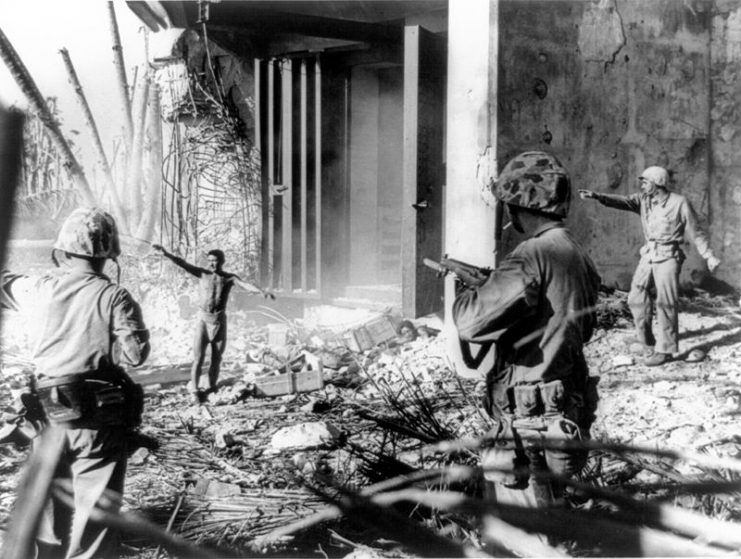
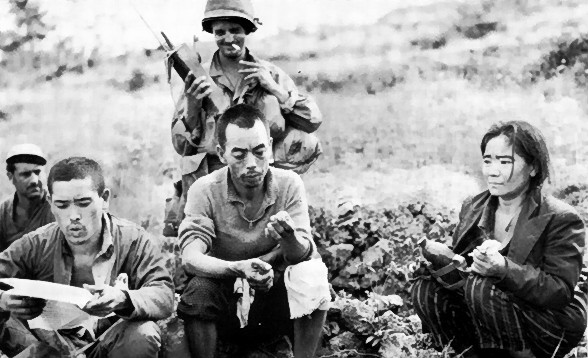
Some U.S. soldiers started taking trophies from their fallen enemies. They took body parts, such as teeth and ears. They even fashioned jewelry from the gruesome items.
When pictures of these men began to surface in the American media, the government finally issued orders for them to stop, but by then it was too late.
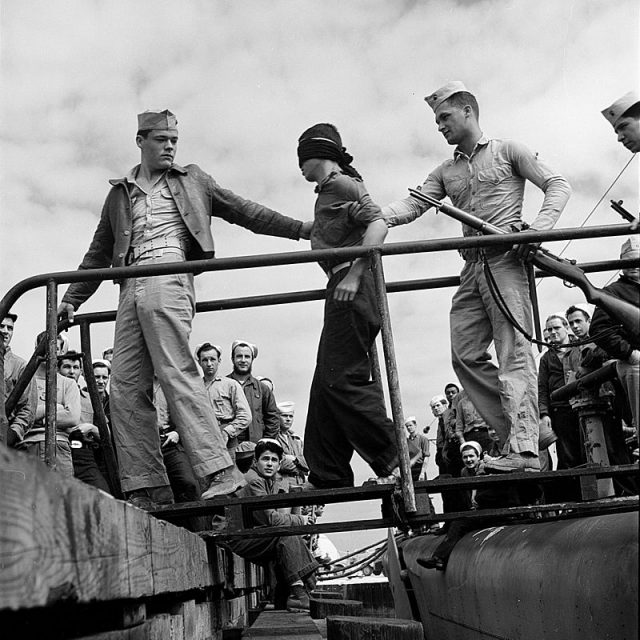
Terrible Treatment – at the Hands of the Japanese
As well as receiving terrible treatment, the Japanese inflicted it too.
Veterans told tales of cannibalistic practices occurring at Japanese POW camps. In 1992, an online article appeared in the Independent in which a Japanese scholar said he found documents in Australia attesting to the practice.
These practices didn’t arise because of starvation, but to inflict psychology torture on U.S. prisoners.
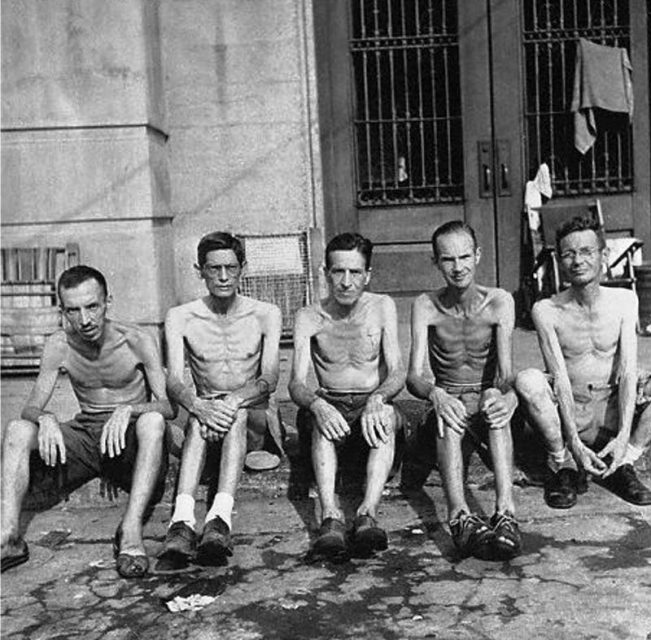
Toshiyuki Tanaka said he “had amassed at least 100 documented cases of cannibalism” in various camps. “I just came across them by chance, by accident,” Tanaka explained. “They were labeled ‘war crimes documents – closed material.’”
It’s difficult to imagine, especially during peacetime, what drives people to these mad acts. But during times of war, a pervasive “all bets are off” attitude seems to make men fall prey to behavior they would never otherwise indulge.
Read another story from us: The Bataan Death March Helped Fuel Support for Atomic Bomb
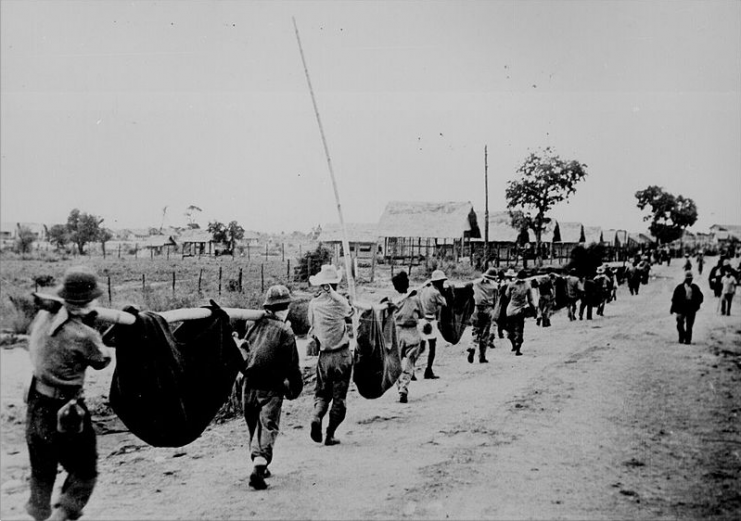
This is more than enough reason to plead with leaders worldwide to keep peace as the central preoccupation of any government’s mandate.
